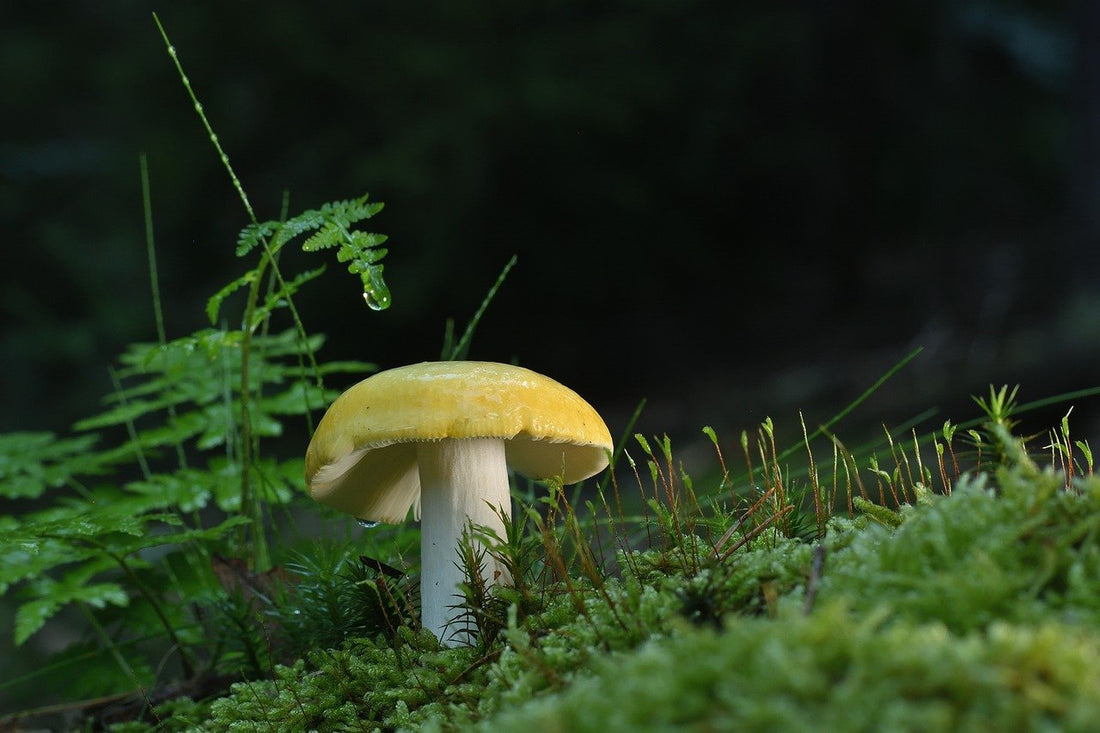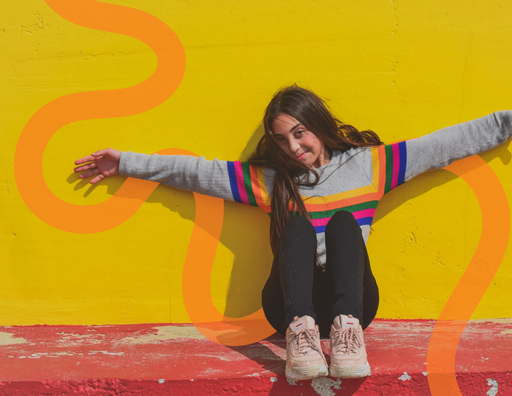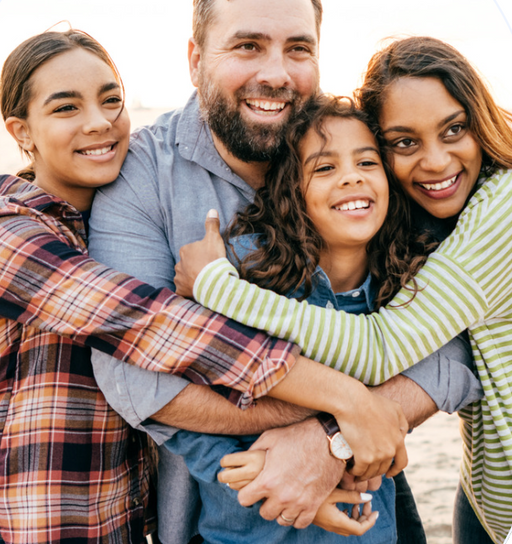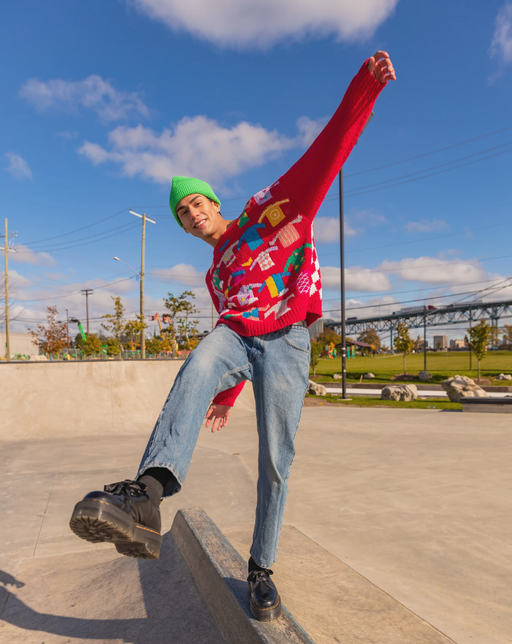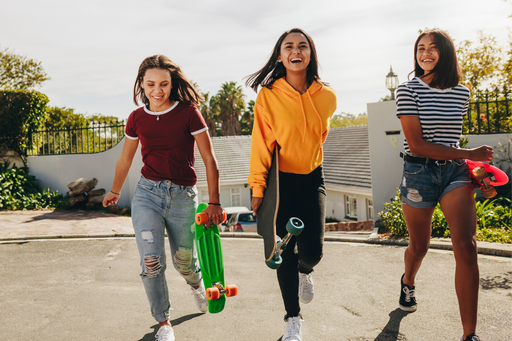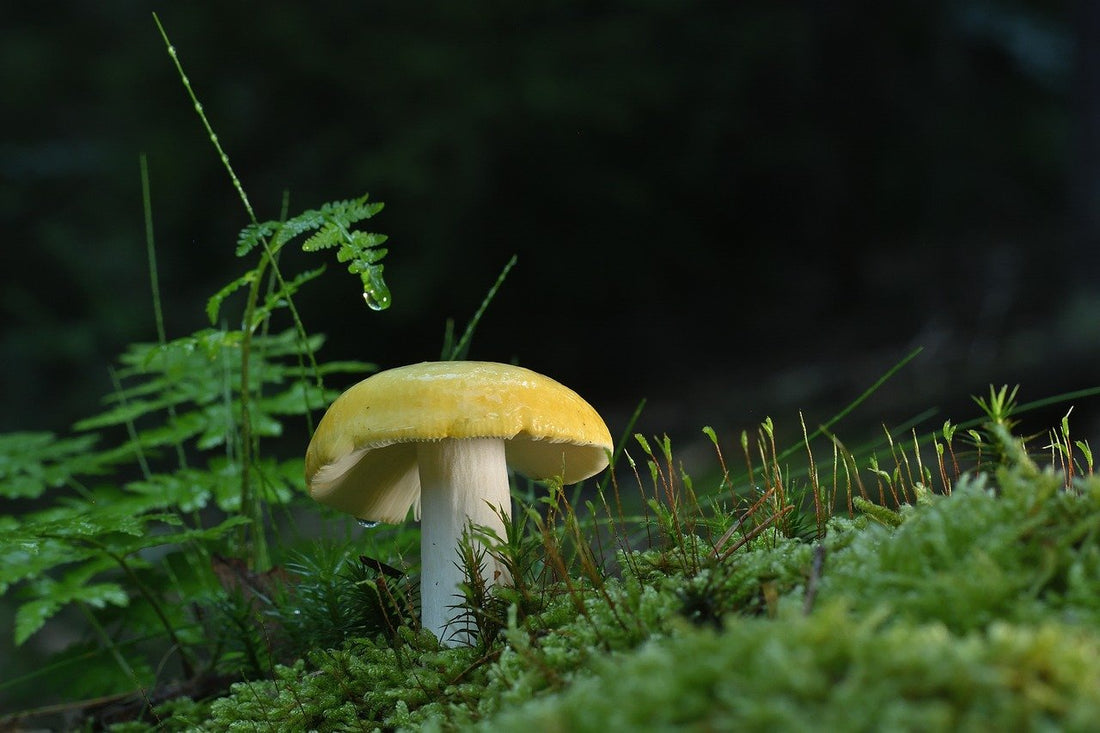
Microdosing Mushrooms
Daniel PattersonIn recent years, the use of psychedelics, particularly psilocybin mushrooms (commonly known as “magic mushrooms”), has gained widespread attention—not just for their hallucinogenic properties but for the practice of microdosing. Microdosing involves taking very small, sub-hallucinogenic doses of psychedelics to achieve subtle mental or emotional benefits without the intense effects of a full psychedelic experience. While many adults engage in microdosing to enhance mental clarity or reduce stress, the trend is increasingly capturing the interest of teenagers, who may use it to self-manage anxiety, depression, or stress.
As parents, understanding the motivations, risks, and realities of microdosing among teens is crucial to guiding them toward safer choices. Here’s what you need to know.
What Is Microdosing?
Microdosing typically refers to taking around 1/10th to 1/20th of a standard dose of a psychedelic substance, such as psilocybin mushrooms. At these low doses, users generally do not experience the intense hallucinations, or the “trip” associated with larger doses of psychedelics. Instead, advocates of microdosing report experiencing benefits like improved mood, heightened creativity, and increased focus. Some advocates offer to “watch and monitor trips” to ensure “safety” while using mushrooms.
A 2021 study from the National Institutes of Health (NIH) highlights that microdosing has gained popularity due to its perceived cognitive and emotional benefits. However, research on microdosing remains in its early stages, and the safety, effectiveness, and long-term impact of this practice—particularly among adolescents—are still unknown.
Why Is Microdosing Gaining Popularity Among Teens?
Teens are increasingly exploring microdosing for several reasons, including perceived mental health benefits, social media influence, and easier access due to decriminalization efforts. Here’s a closer look at these factors:
- Perceived Mental Health Benefits: With growing awareness about mental health issues such as anxiety and depression, some teens may turn to microdosing as a form of self-medication. According to a 2022 survey by Johns Hopkins University, individuals who microdose psilocybin report decreased symptoms of depression and anxiety. However, experts caution that the effects on developing teenage brains may be more severe than in adults, potentially leading to heightened risks rather than relief.
- Social Media Influence: Platforms like TikTok and Reddit have popularized the concept of microdosing, with users frequently sharing their experiences and perceived benefits. Teens may see these discussions and perceive microdosing as an acceptable or “safer” alternative to traditional drug use. The National Institute on Drug Abuse (NIDA) warns that these portrayals can glamorize substance use and downplay its risks, influencing teens to experiment.
- Accessibility of Mushrooms: With recent decriminalization efforts, psilocybin mushrooms are more accessible than ever in some areas. Cities like Denver and Oakland have decriminalized mushroom possession, making them more readily available. Teens may purchase mushrooms online through underground markets or obtain them from friends or acquaintances who grow them at home.
The Risks of Microdosing for Teens
Although some proponents claim microdosing is a safer alternative to traditional drug use, it still carries significant risks, particularly for teens whose brains are still developing. Psychedelics affect neurotransmitters, which play a key role in mood regulation, cognitive processing, and emotional control.
- Increased Anxiety or Paranoia: Microdosing can amplify feelings of anxiety or stress, especially in teens who already have underlying mental health conditions. The American Psychological Association (APA) warns that even small doses can trigger episodes of paranoia, anxiety, and panic attacks in adolescents.
- Potential for Dependency: While psychedelics aren’t considered physically addictive, the desire to enhance mood, creativity, or social acceptance may lead to repeated use. Teens could develop a psychological dependency, turning to microdosing as a “solution” for everyday stressors, which can impede their ability to learn healthy coping strategies.
- Interference with Brain Development: The teenage brain undergoes significant development, particularly in areas related to decision-making, emotional regulation, and cognitive function. According to the National Institute on Drug Abuse (NIDA), psychedelics can disrupt these processes, potentially causing lasting effects on learning and emotional well-being.
What Can Parents Do?
Talking to your teen about microdosing may feel challenging, but a calm, informed approach can help. Here are some strategies to consider:
- Stay Informed: Keep up with current trends, especially those circulating on social media, to better understand what your teen may be exposed to. Knowing how microdosing is portrayed and discussed online can help you initiate relevant conversations and provide accurate information.
-
Have Open Conversations: Approach the topic of microdosing with empathy and curiosity rather than judgment. Let your teen know you understand their interest in mental health and well-being. Discuss the potential risks associated with microdosing and encourage them to explore safer ways to manage stress or anxiety, such as talking to a therapist or engaging in physical activity.
What You Can Say:
"I understand that you might be hearing a lot about microdosing and its supposed benefits, but there are risks, especially at your age. Let’s talk about other ways to manage stress or improve focus that are safer for you." - Set Clear Boundaries, Expectations and Consequences: Make sure your teen knows the family’s stance on substance use, including psychedelics. Establish firm rules and communicate the consequences of breaking them. Be clear that while some adults may microdose for specific reasons, it is not safe for teens.
- Encourage Healthy Coping Mechanisms: Many teens are drawn to microdosing to cope with anxiety, depression, or peer pressure. Introduce healthier alternatives that can provide similar benefits without the risks. Suggest activities like meditation, journaling, creative pursuits, or exercise, which have all been shown to improve mental health and resilience in teens.
Conclusion
While microdosing is becoming a popular trend, it carries significant risks for teens, whose brains and bodies are still developing. By staying informed, discussing the realities of microdosing, and encouraging healthier coping mechanisms, parents can play a key role in helping their teens make safer choices. Remember, building trust and keeping communication open are essential in guiding your teen through the pressures and influences they encounter.
References
- National Institutes of Health. (2021). "Microdosing Psychedelics: Benefits and Risks."
- Johns Hopkins University. (2022). "Psilocybin and Mental Health Research: What We Know So Far."
- National Institute on Drug Abuse. (2021). "The Risks of Psychedelics for Teens."
- American Psychological Association. (2021). "The Psychological Risks of Psychedelic Use in Adolescents."
- Child Mind Institute. (2022). "Helping Teens Develop Healthy Coping Skills."







